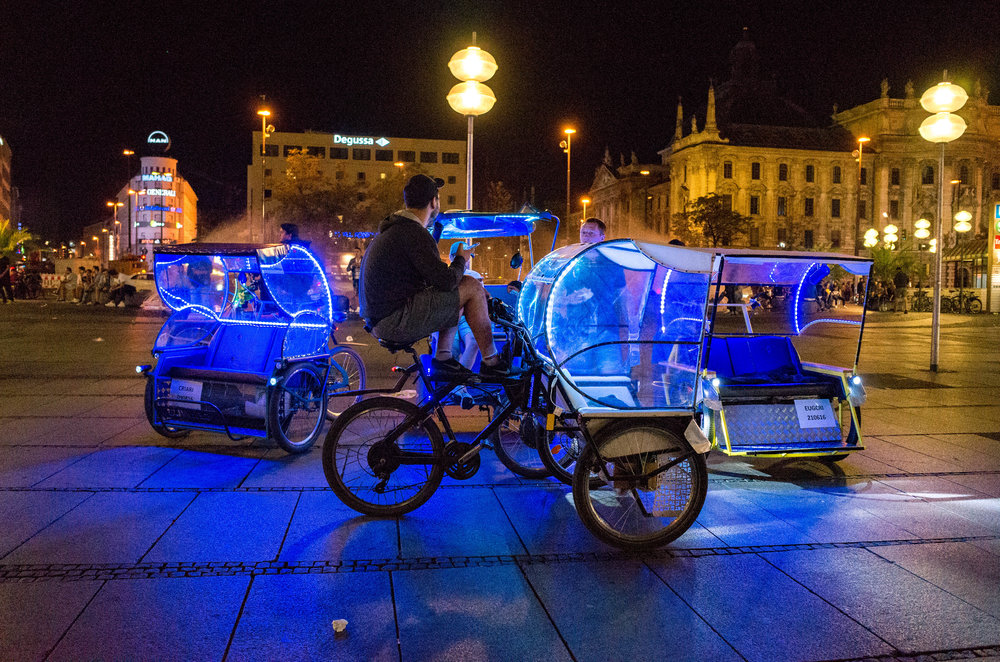
Whenever I travel I find it hard not to slip the Ricoh GR into the bag. It weighs almost nothing (245g if you must know, but you hardly feel it) and slips unobtrusively into a small pocket. Yet it packs a punch with its large APS-C sensor, bright-enough f/2.8 28mm lens and more than adequate ISO performance. Usually, it gets its outings in the evening, a time when I don’t want to carry a bigger camera. It copes well as I discovered on a recent evening out in central Munich.
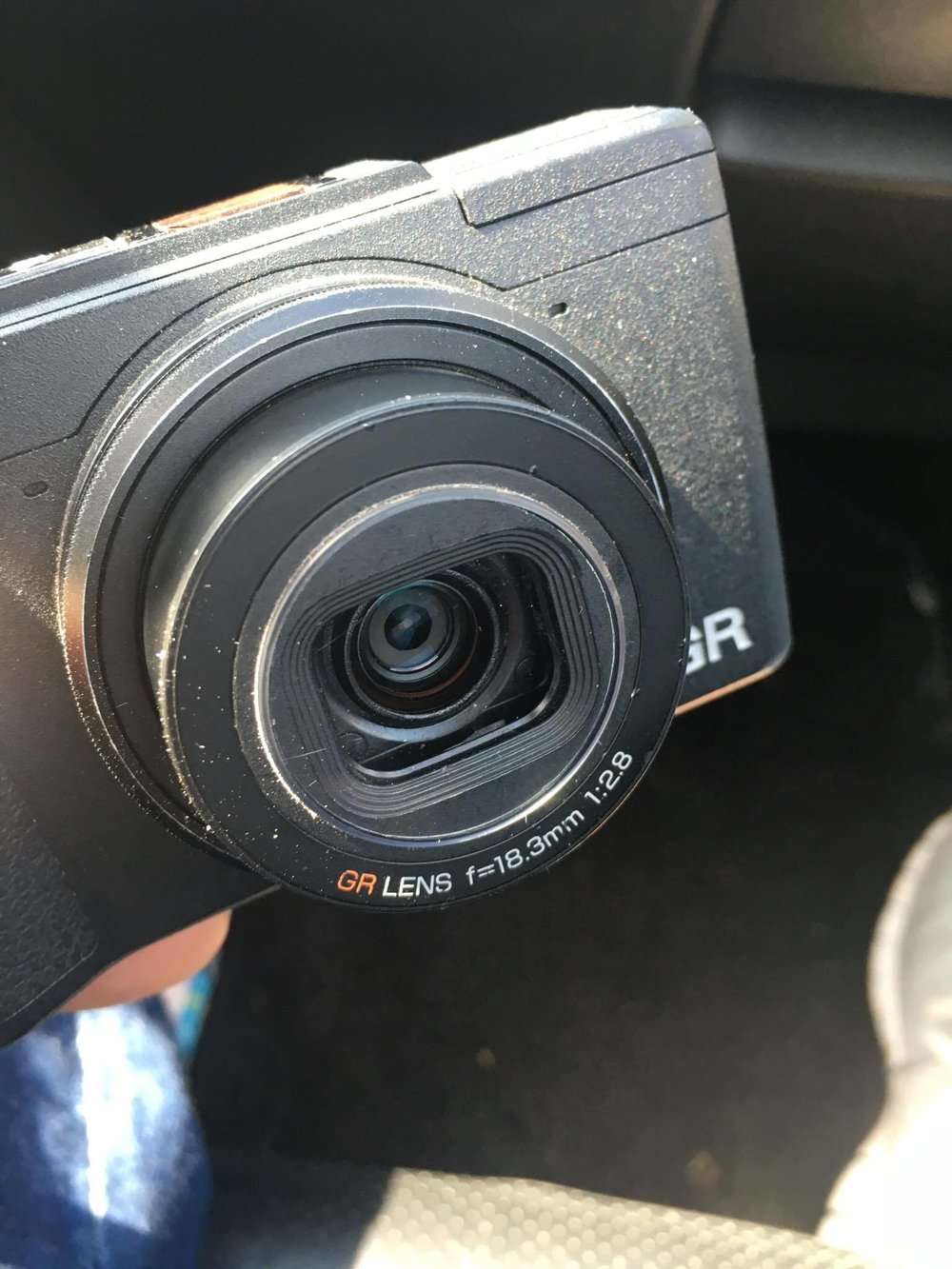
I have several friends, including our associate editor Bill Palmer and Kai Elmer Sotto in Singapore who both love the GR. Kai, who shoots both film (Leica MP) and digital full-frame (Leica M-D), carries his Ricoh everywhere. He doesn’t mollycoddle his cameras but the GR has stood up to the worst that he can throw at it during his travels around the world. As he says:
I’m rough on my GR. The lens cover got stuck from all the surf trips and sand. So I ripped them out and stuck a plastic lens protection cover instead.
So a night out in Marienplatz is easy peasy for the little camera. Plus I’m a lot kinder to it than Kai is to his. Despite downing quite a few litres of beer and a rather large Schweinshaxe, I had enough wits about me to not lose the camera and to put it to good use in often terrible lighting conditions. I never use flash—I just don’t like the results—so sensitivity was upped automatically to compensate for the conditions. The maximum aperture of f/2.8 isn’t that fast for available light night-time photography but the Ricoh’s ISO competence didn’t let me down.
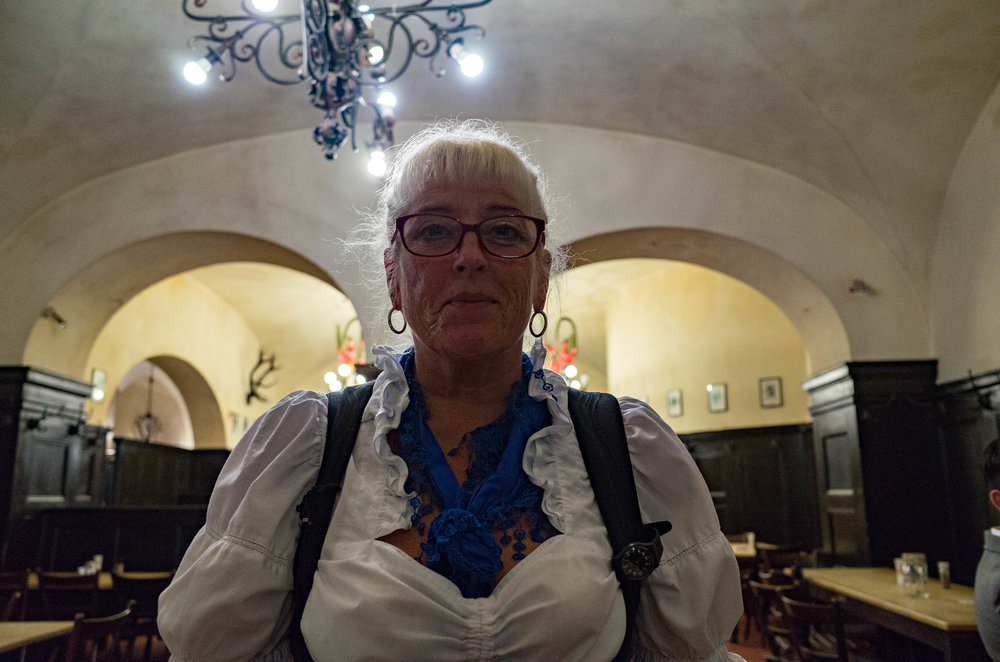
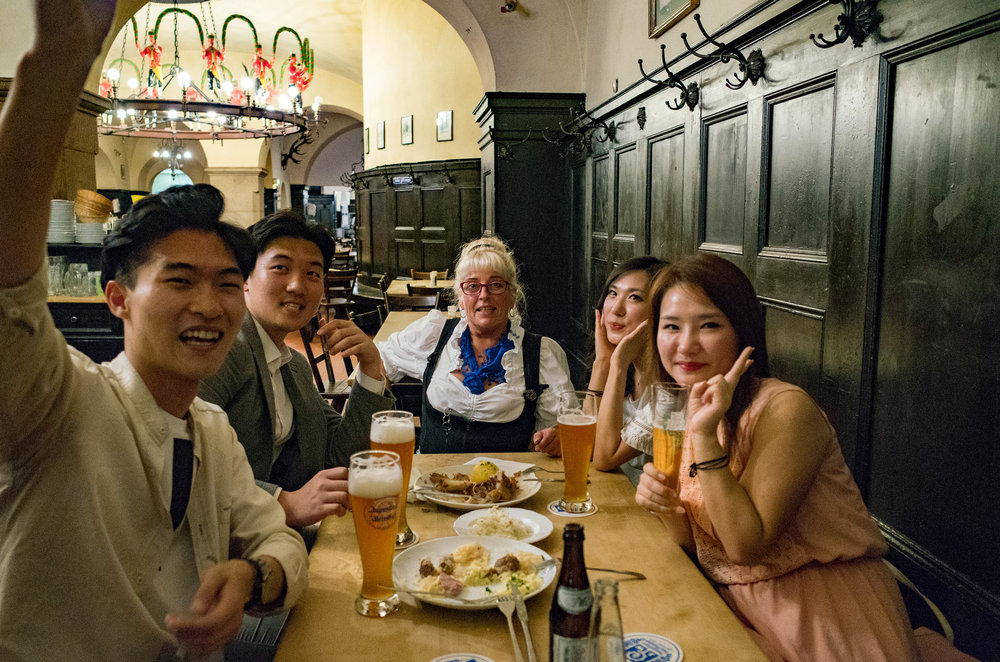
All the shots in this article were taken wide open at f/2.8 and at a fixed 1/125s, calculated to overcome any camera shake after the first Augustiner or two. There’s no noise reduction, what you see is what you get. For a pocket genie, the Ricoh is just the camera for a warm summer’s evening.
My newly acquired Panasonic Lumix GM1 is actually smaller than the Ricoh, except for the lens which, on a system camera, is always going add more depth than you expect. The GM1 with, say, the Leica DG 15mm f/1.7 ASPH lens is arguably a more competent package in terms of light gathering, despite the smaller m/43 sensor. I intend to pack it on my next trip to see how it stacks up against the Ricoh
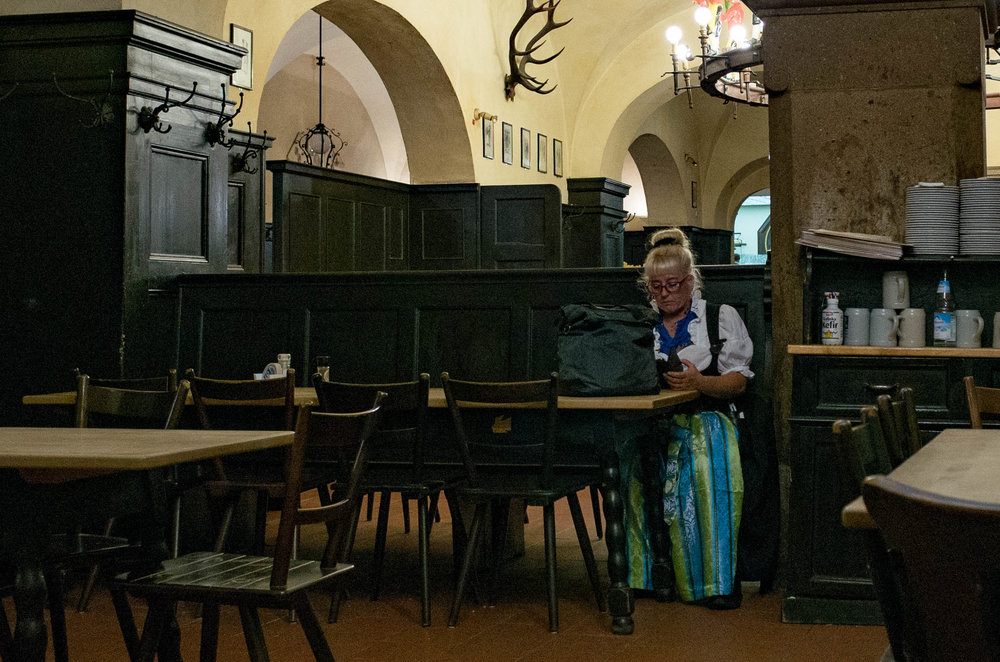
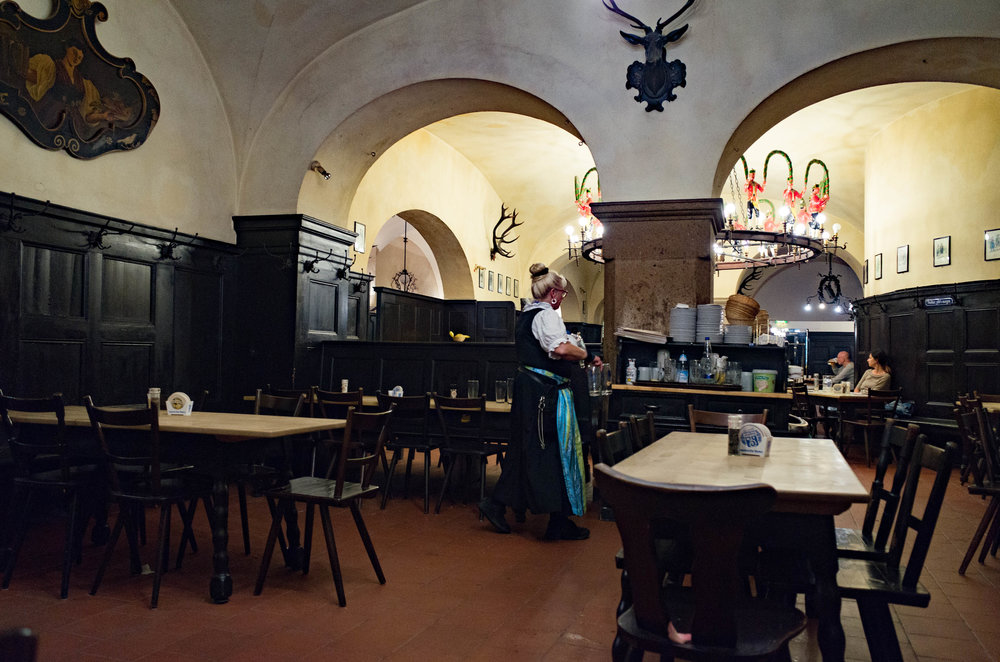
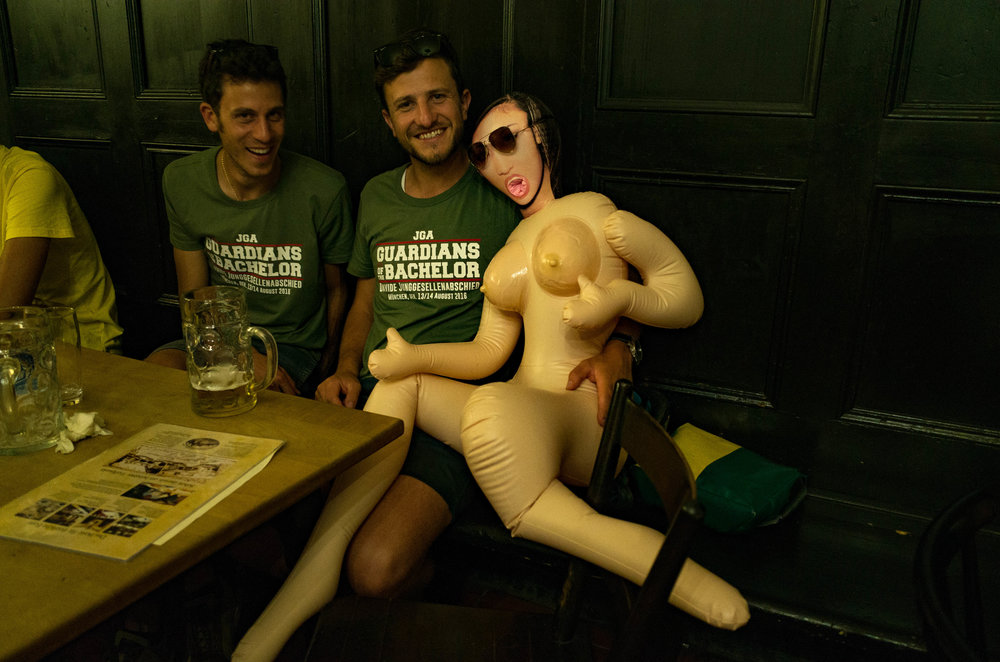
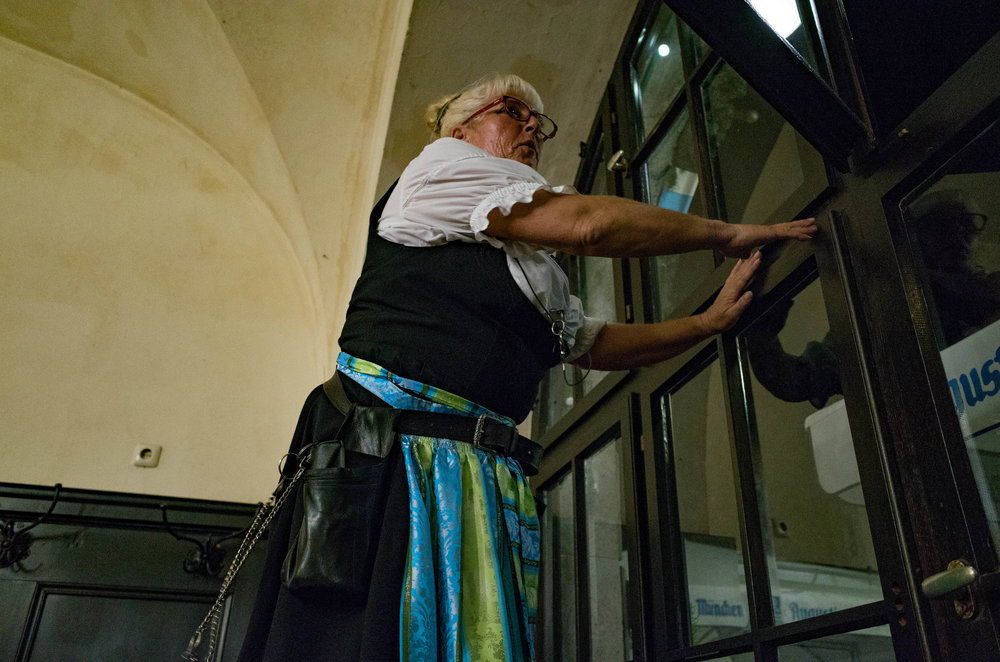
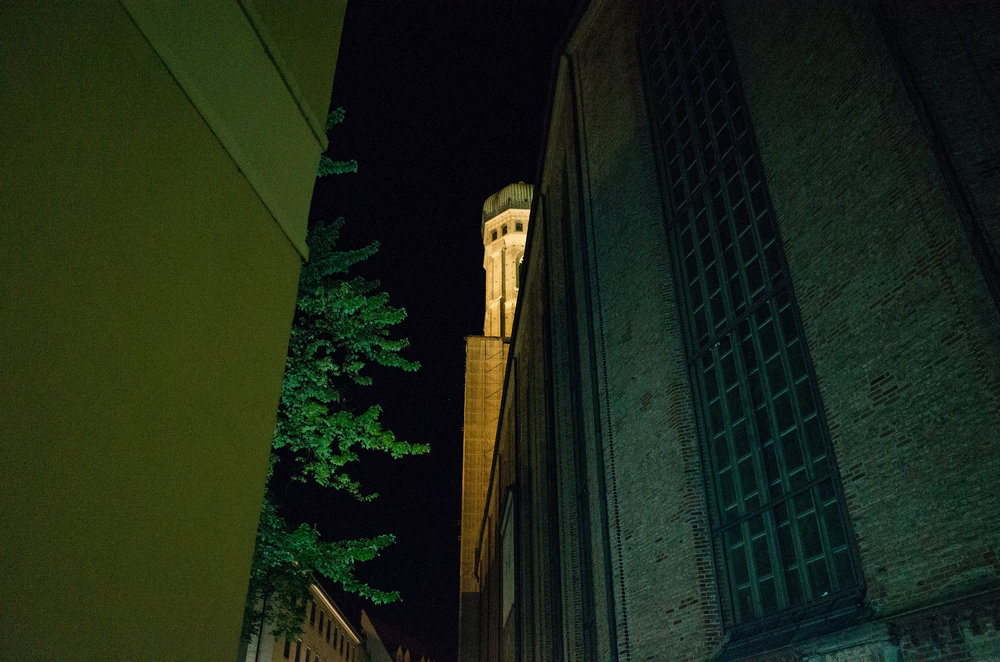
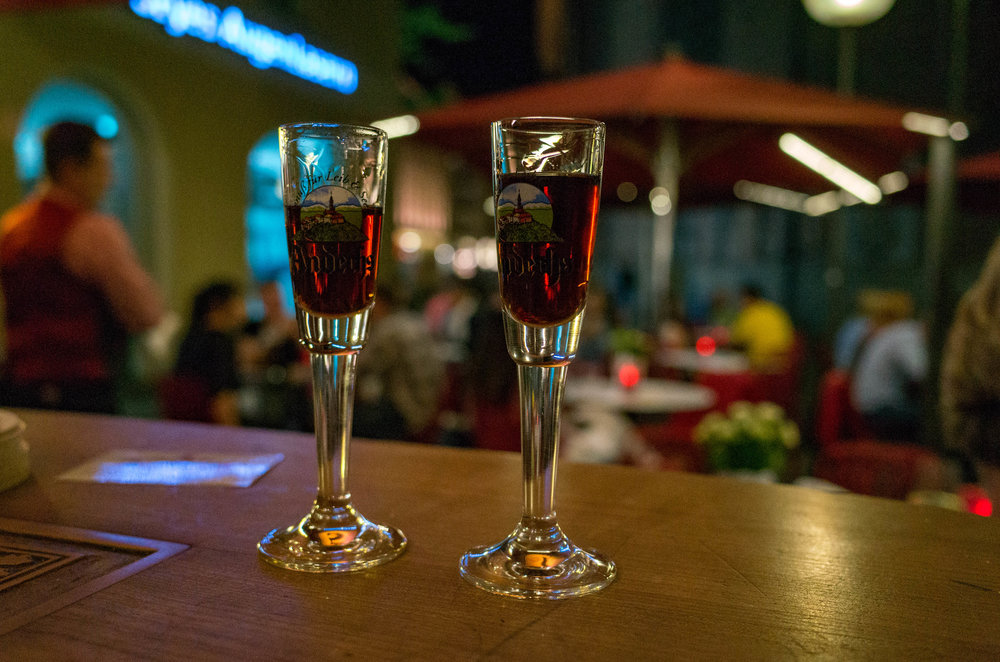
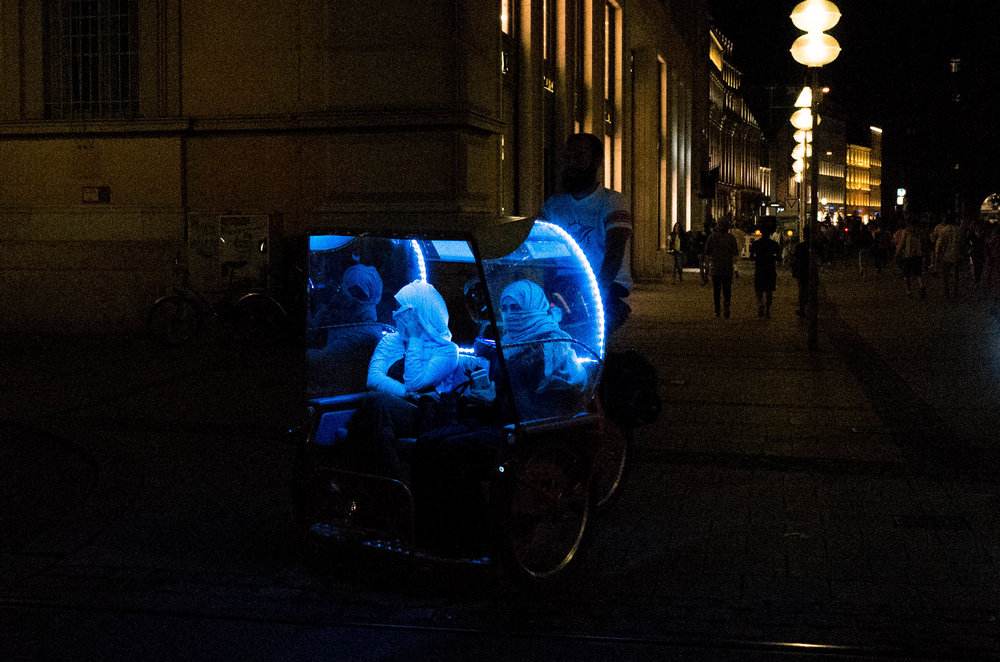
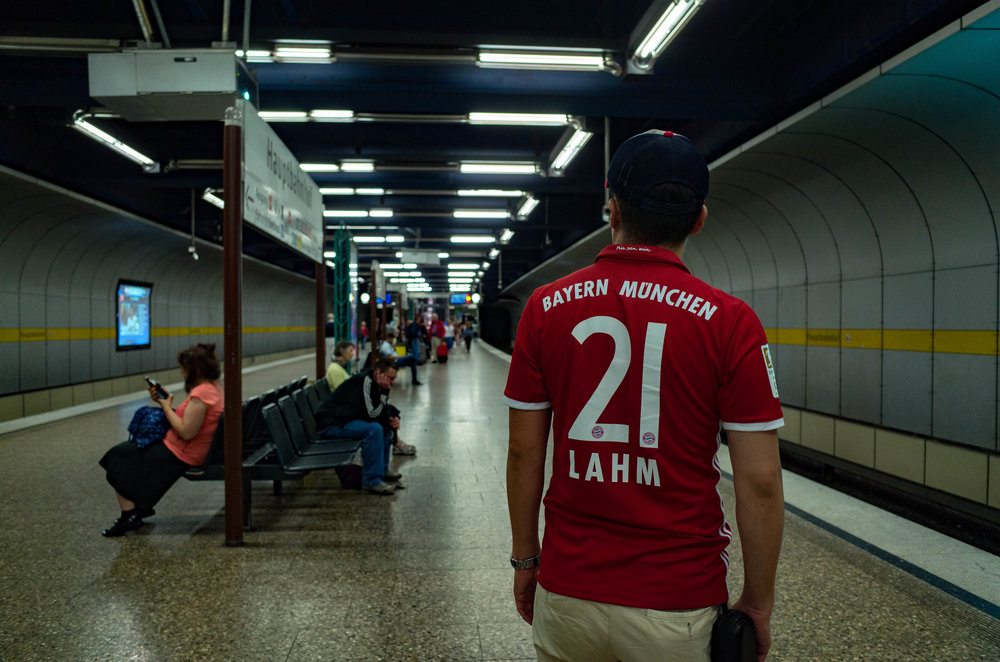
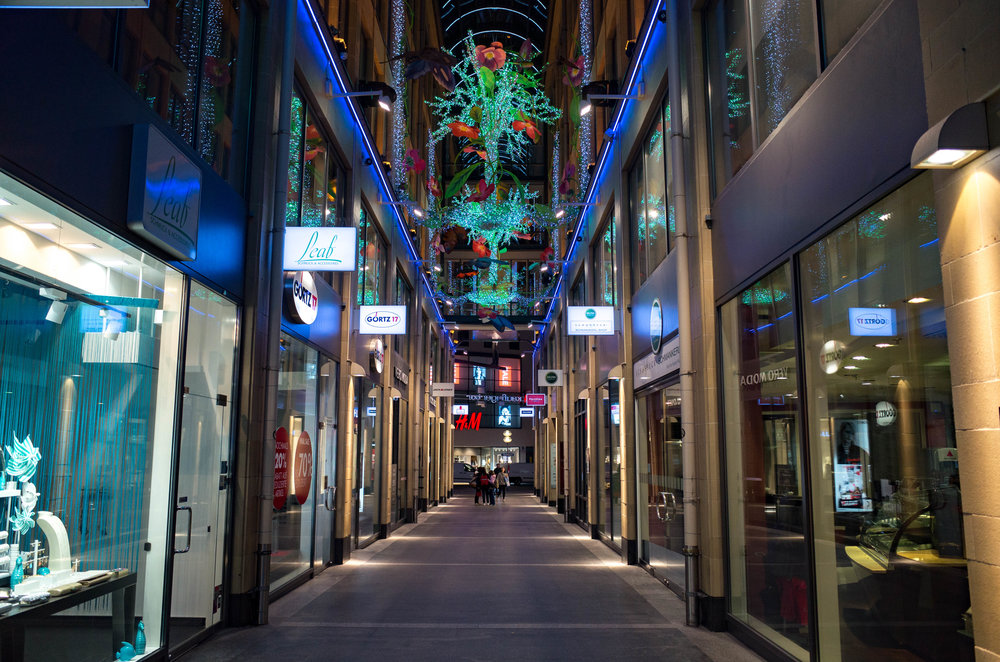
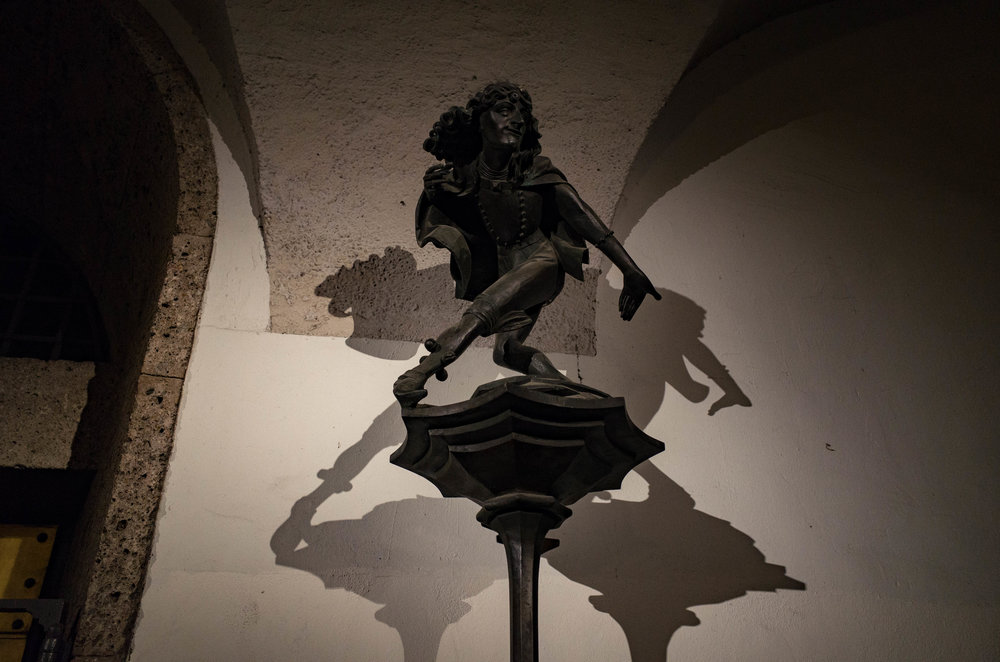
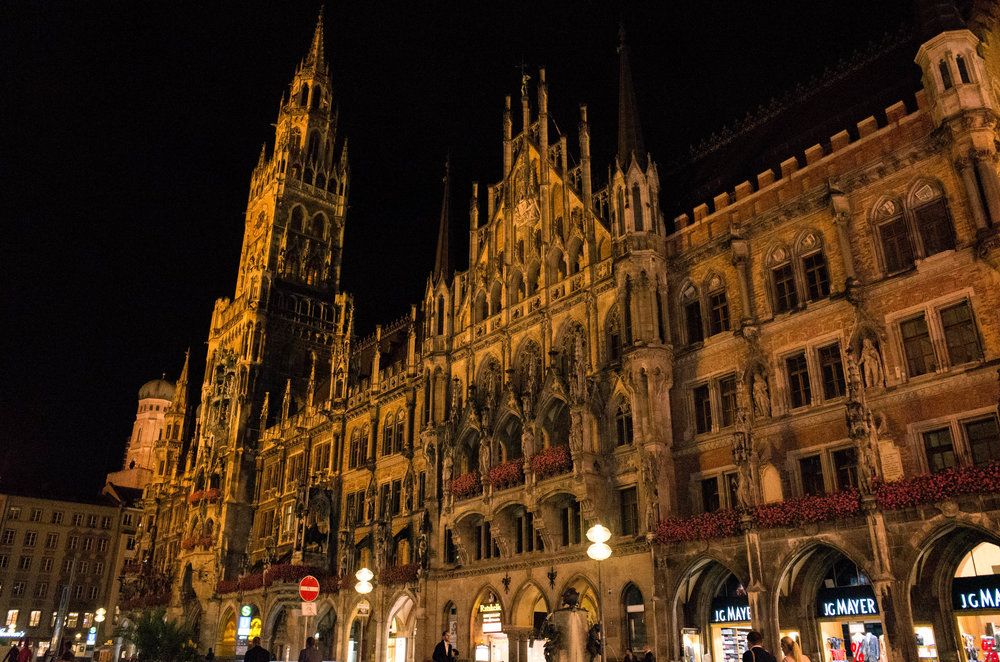
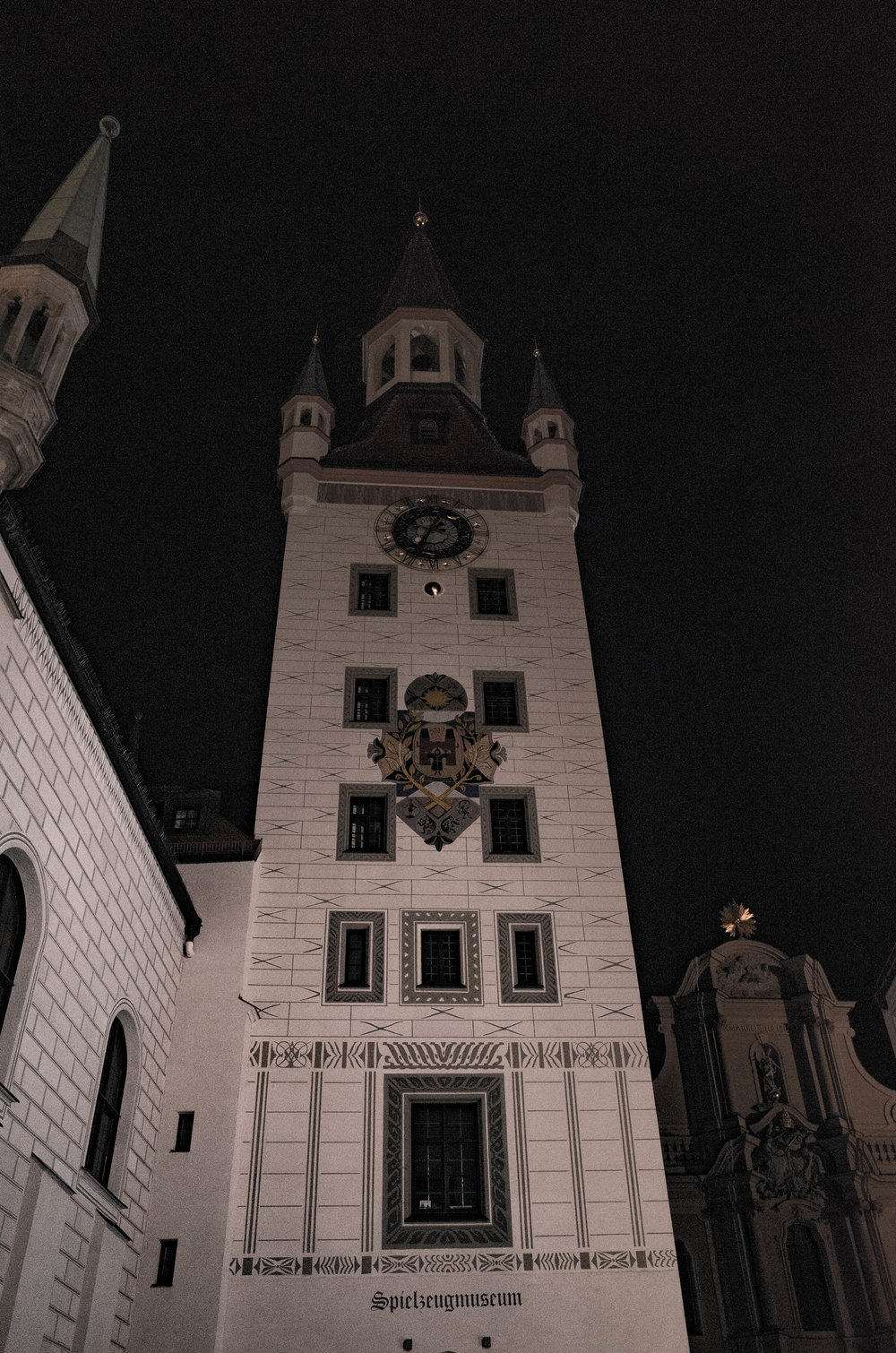
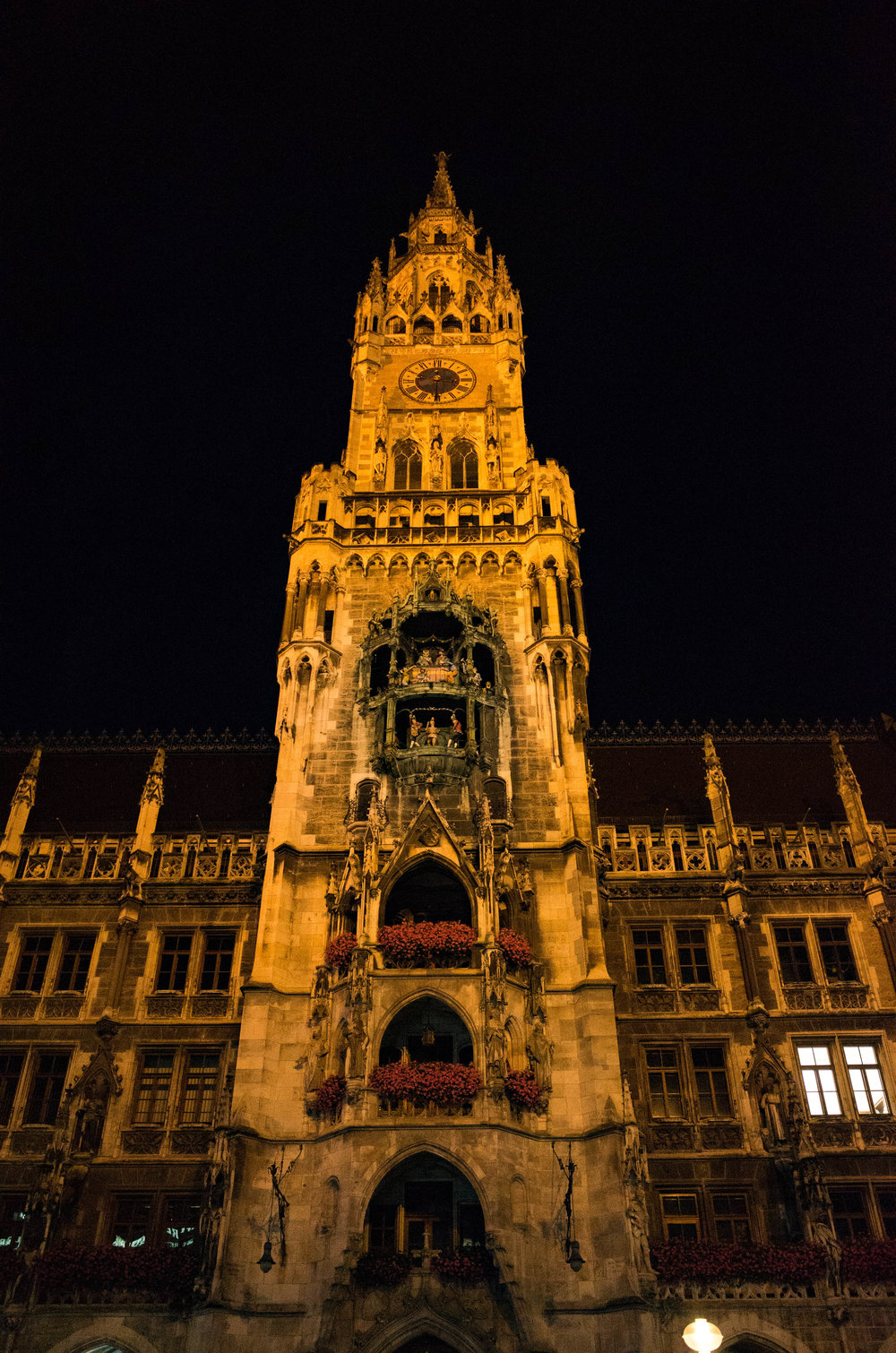
- Subscribe to Macfilos for free updates on articles as they are published. Read more here
- Want to make a comment on this article but having problems? Please read this

I will never gel with the old inny-outy that adorns the front of the Ricoh GRrrrrr! It is why I disposed of both it and the Leica X-E.
I am just wondering if the Fuji X70 is going to be replaced at some time soon?
Viewfinder absent too.
Maybe the next generation of phones is going to come up to snuff?
Well I do agree with you. I don’t like auto retracting lenses either. Neither on the Ricoh nor on the Leica X1. On the other hand, they do make for a slim pocketable camera. I’m looking forward to trying the GM1 instead of the Ricoh. The slim 12-32 also retracts but it is manual–you have to wist the lens. Somehow, that makes it more acceptable. With a maximum aperture of 3.5 at 24mm equivalent, it is slower than the Ricoh, but that wider angle can be useful. I imagine at 28mm the maximum is nearer to f/4. Bearing in mind the smaller sensor, it will not perform as well as the Ricoh but it could be nearly as convenient.